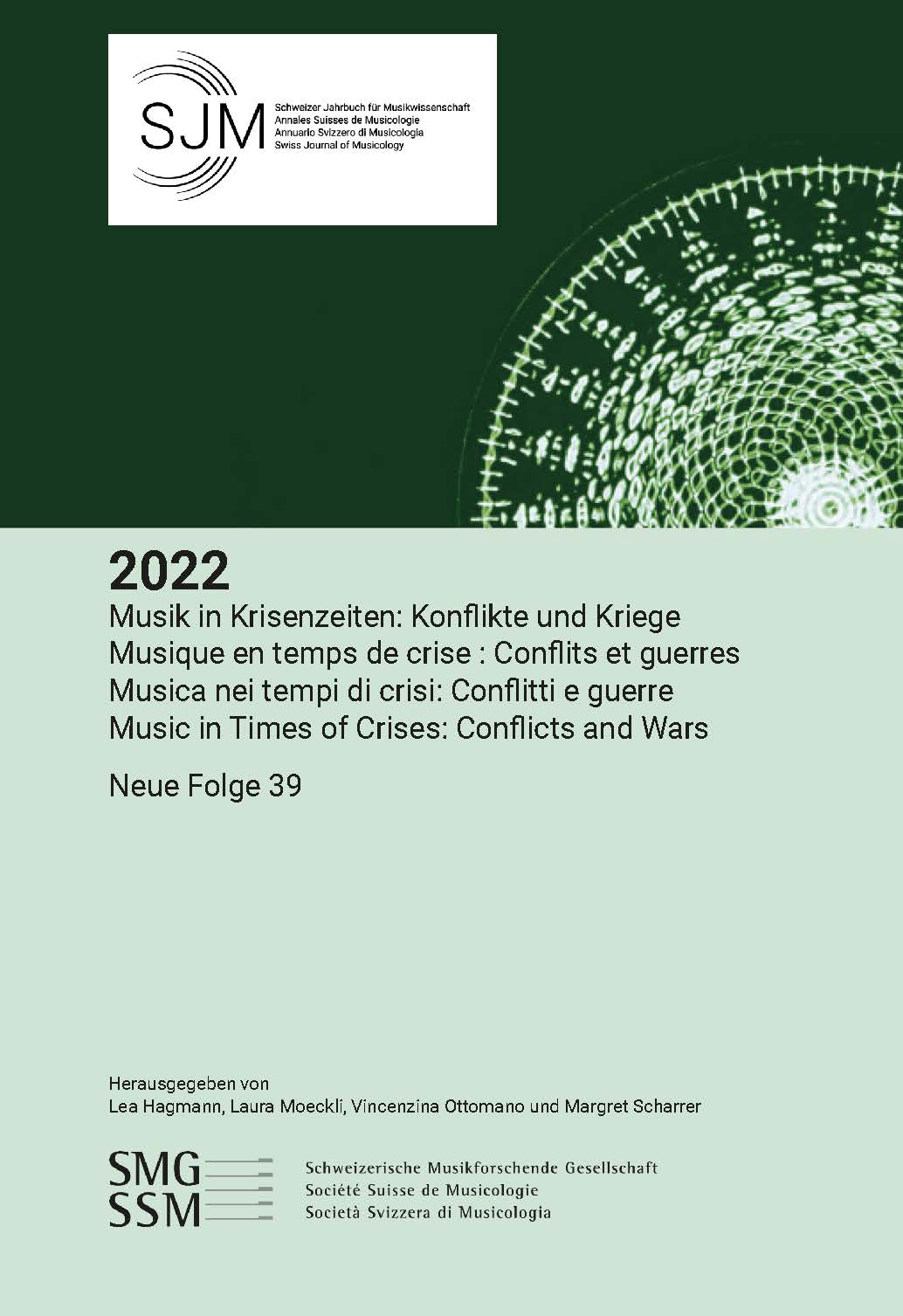Magnificat anima mea in exilium
Zur Musikpraxis der Einsiedler Mönche während ihres Exils (1798–1804)
DOI:
https://doi.org/10.36950/sjm.39.3Schlagwörter:
Einsiedeln, Klosterkomponisten, Magnificat, Music in ExileAbstract
In 1798 the monks of the Benedictine convent of Einsiedeln had to flee from the French revolutionary troops invading their village and abbey, losing not only their home, but also their beloved instruments and musical manuscripts. The flight led them to the small monastery of St. Gerold in Austria. Einsiedeln was proud of its musical culture; therefore, the exile represented both a mental and musical caesura. Based on Magnificat compositions written by the monks themselves between 1760 and 1800 it is possible to trace some of the adjustments made in exile. In Einsiedeln composers such as P. Justus Burach wrote both small-scale pieces for four voices and continuo, as well as larger works for two choirs. The same dual repertoire can be found in the hand of P. Marcus Zech with pieces for four voices plus continuo, as well as masterful works in cantata style for orchestra, choir and soloists. P. Marian Müller also wrote large-scale works in a similar cantata style. In contrast, the earliest compositions written in exile, such as those by P. Marcus Landtwing, pursue the tradition of Burach’s and Zech’s smaller compositions, while the cantata style is no longer appropriate to the new context. On the basis of this repertoire analysis one can observe how the Einsiedeln monks reacted to the new environment of St. Gerold while striving to develop their own musical traditions.
Downloads

Downloads
Veröffentlicht
Ausgabe
Rubrik
Lizenz
Copyright (c) 2022 Schweizer Jahrbuch für Musikwissenschaft

Dieses Werk steht unter der Lizenz Creative Commons Namensnennung 4.0 International.

